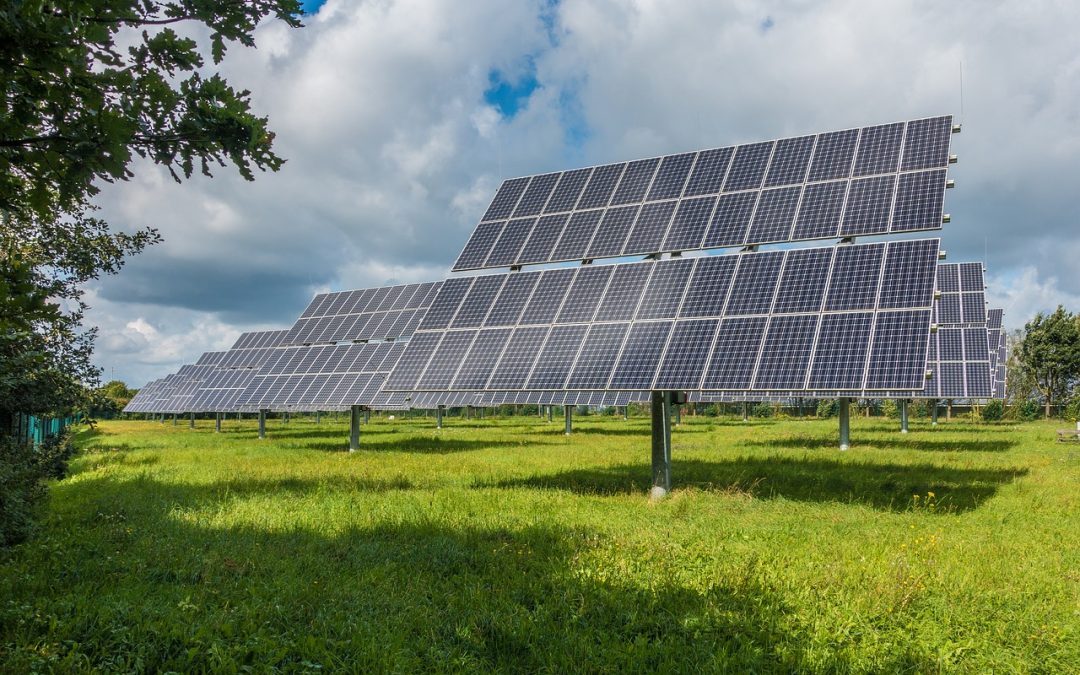Residential solar financing can be confusing! With all the talk of loans, rebates, and tax credits floating around, it may be hard to know which way to turn. Ultimately, the way you choose to pay for your solar panel system in Minnesota will depend on a mix of factors, such as the funds you have available, your credit score, and your ability to get a good loan deal. So, what are the main options for Minnesota residents financing solar installations? And how do you know which option is best for you?
Cash Payment
If you have the money available, this could be the most logical choice for solar PV financing – it is quite simply, the way for you to get the most out of your savings. Look at it this way – by buying your solar panel system outright, you are paying for all the electricity you use in your home for the next 25 to 30 years upfront – this seems like a pretty good return on your investment, right? And this is not just something for you to keep, it is something you can sell on, adding value to your sale price, should you decide to move house. What’s more, you are paying for this electricity at today’s rates – making you immune to rising utility costs, or the whims of inflation. The initial outlays are sizeable, however – even if you are eligible for federal tax credits, and including other relevant rebates, this will cost you around $10,000 to $15,000+. Don’t have that kind of money available?
Solar Panel Loans
If you don’t have the funds, loans like Sunrun Solar Loans will allow you to pay the money back over time, while simultaneously reaping the benefits of your solar panel system in Minnesota. The great news is these loans do not make you ineligible for the federal government’s solar investment tax credit (ITC) (find out more in Are you making the most of the 26% Federal Solar Tax Credit?) – which can make the repayments a bit easier. There are many residential solar financing options available in our great state of Minnesota – so it’s important to do your research and work out which is the best financing option for you. The Lending Center at the Center for Energy and Environment (CEE), for example, offers low-interest loans for Minnesota homeowners investing in solar energy. Pay particular attention to the annual percentage rates (APR), origination fees, and loan terms of the different available loans, as all these factors will inevitably add to the overall cost of your solar power system. In addition to federal tax credits, there are a variety of schemes and rebates available. Minnesota’s Solar Sense Program and Xcel’s Solar Rewards (which is out of funding until January) cover residential solar installations up to 40 kW. Minnesota also has over 200 different utilities offering a range of rebates and bonuses, and a variety of lesser-known grants are also available.
Panel Leasing
Another option is to lease your panels. A solar lease means you’re making fixed monthly payments to use the physical apparatus of the solar panel system – you’re free from the responsibilities of system maintenance, and you’re not committed for the long haul, meaning you can walk away at any time if you change your mind. Before you rush to pick out the most attractive lease, exercise caution– unlike solar loans, neither is eligible for the federal solar tax credit. And unlike buying your residential power system outright, leasing will not add any value to your property, or give you any kind of long-term return on your investment.
Confused? Don’t be. As one of Minnesota’s leading solar energy companies, we are always here to talk through the financing options available to you – even if you’re not sure whether you are ready to commit yet. And if you are, we can find you the best and most competitive financial support appropriate to your circumstances and planned residential solar power system. With the many solar power incentives currently available in the state, now could be the time to become part of a solar power revolution, and we are here to help you work out how to finance it.

